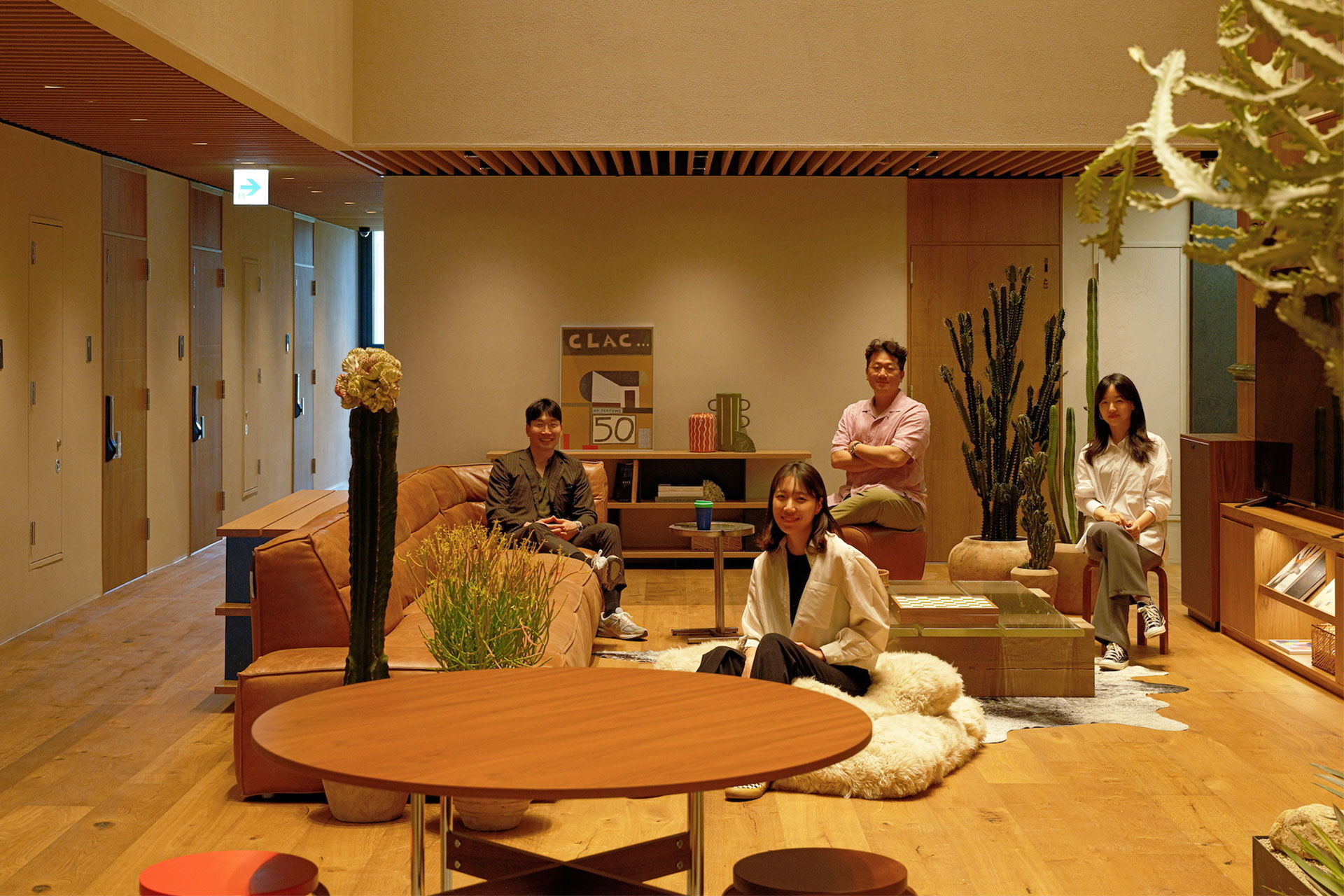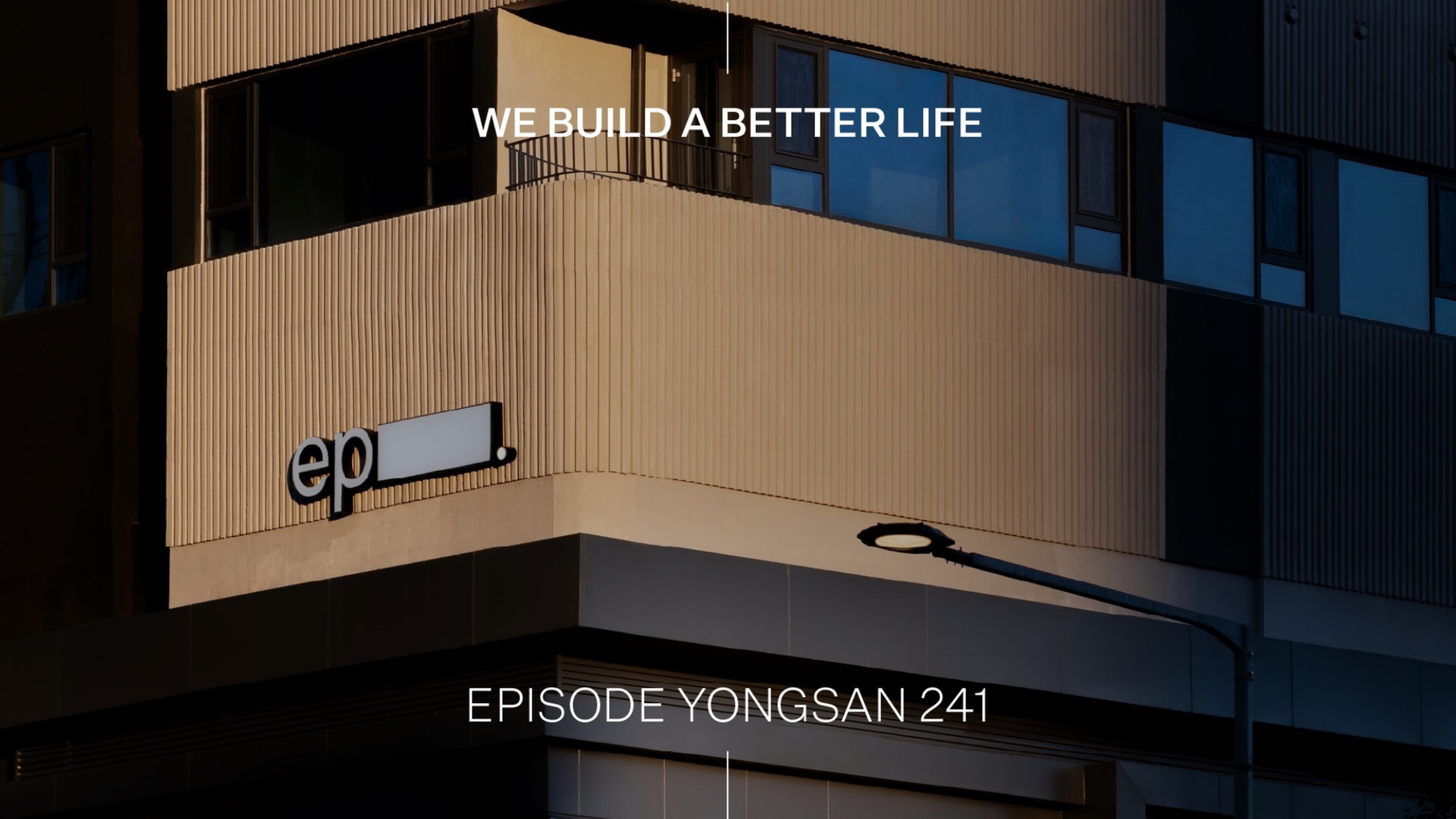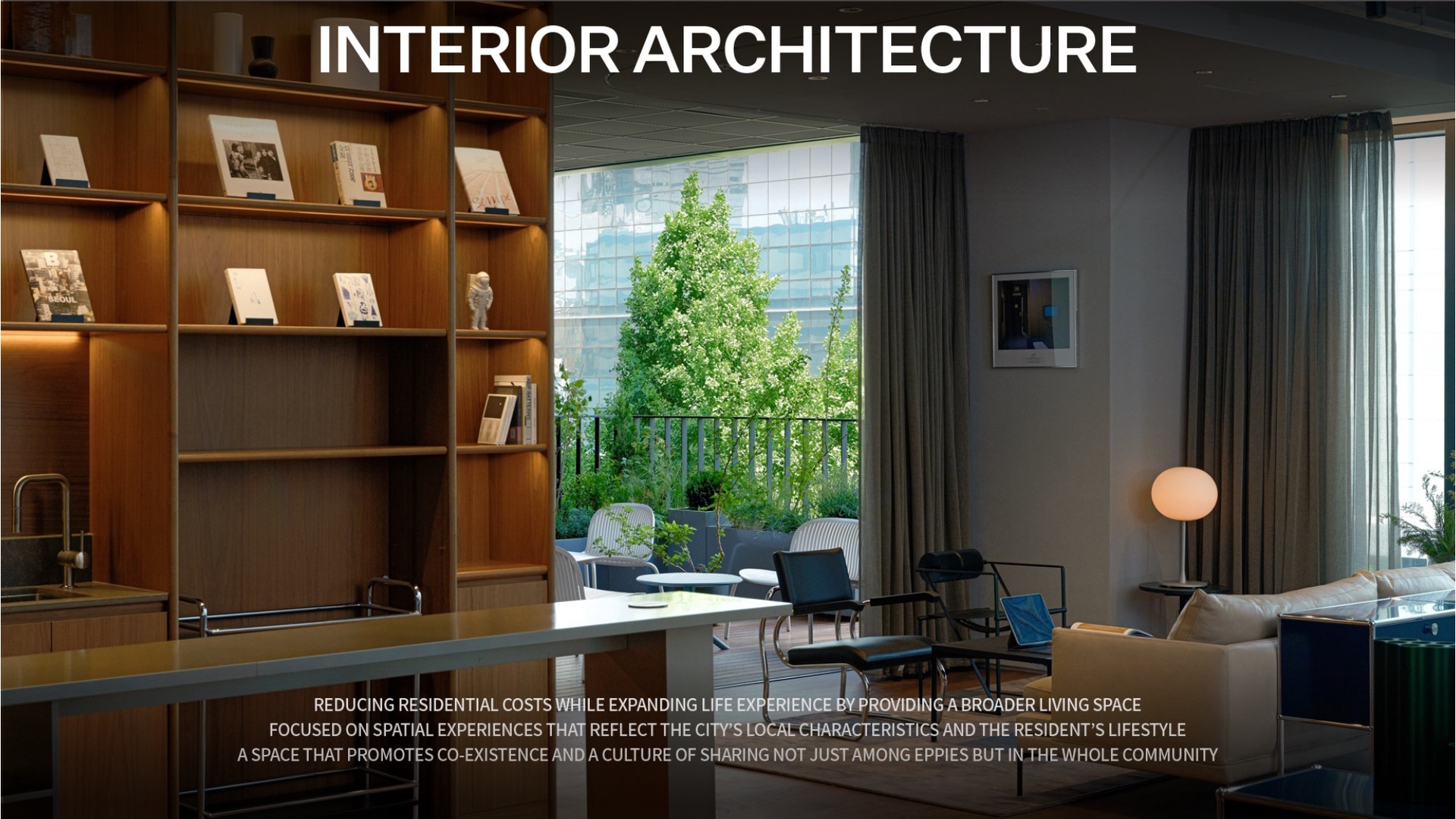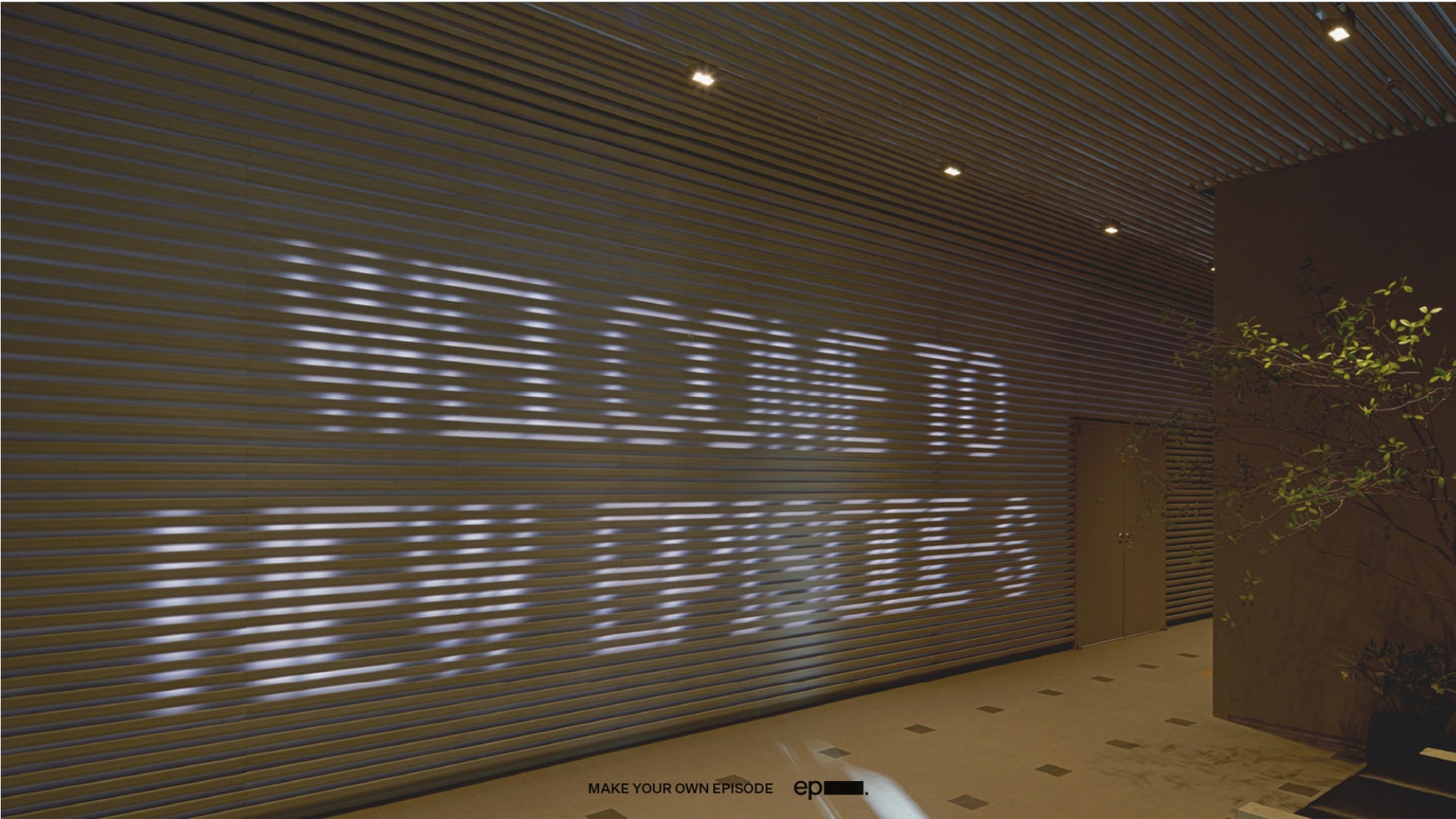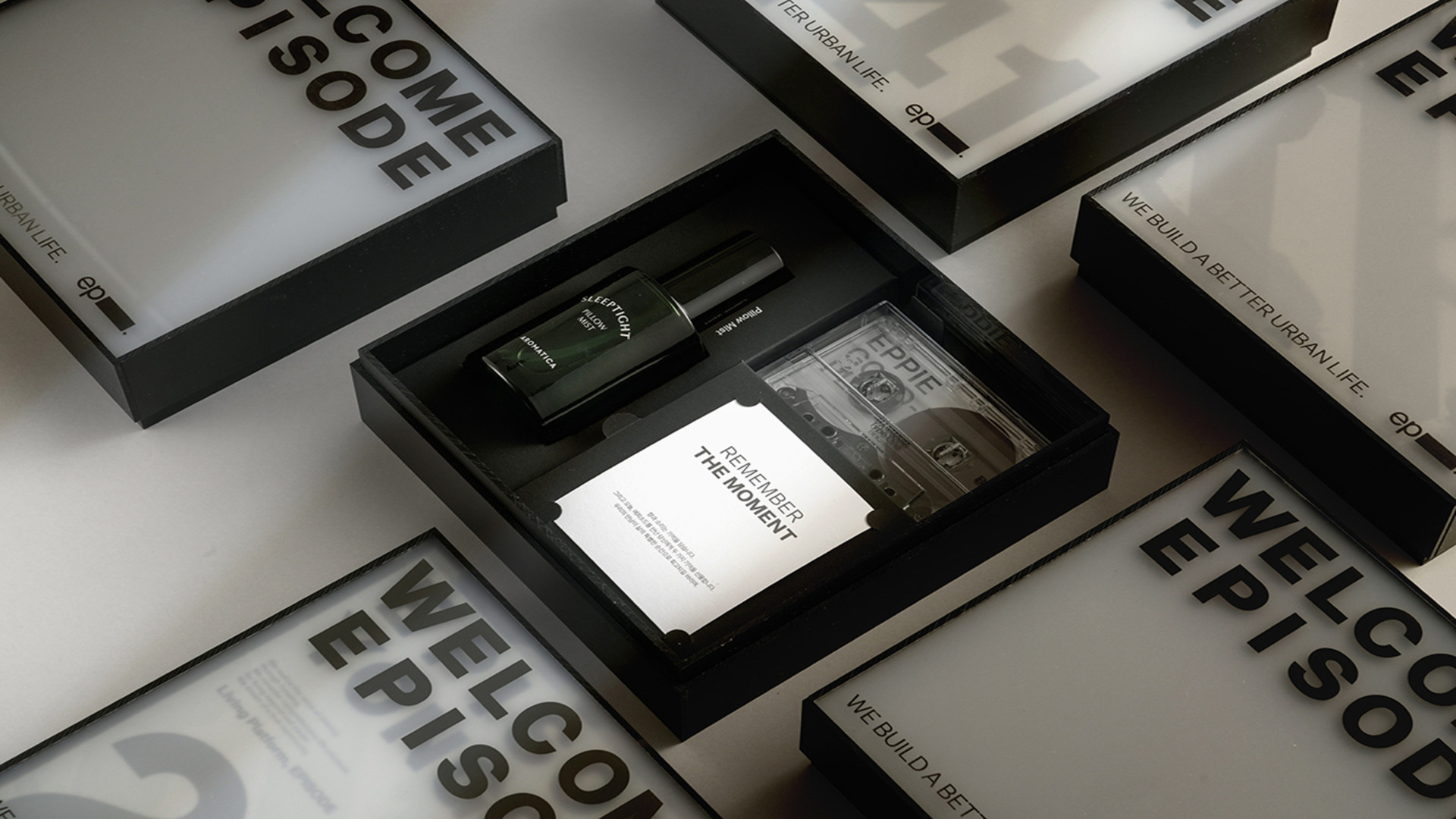episode YONGSAN 241: Redefining Innovation with the SK D&D Design Team

Designing the Next Revolution in Mobility with Bo Bao
February 18, 2025
Zekreet Resort | A Luxury Among the Limestone
February 19, 2025SK D&D
The award-winning design team behind SK D&D's episode YONGSAN 241 is composed of various design experts working together to create transformative spaces. Fred Shin Joonghee, Walcoln Lee Seungjun, Rucia Park Haeyun, and Kassy Kang Siyoung bring their unique skills and perspectives to craft thoughtful, user-focused environments that push the boundaries of innovation.
Fred Shin Joonghee: Our team’s strength lies in its diversity. As a spatial designer, I focus on creating environments that are not only functional but also transformative. For me, it’s about designing spaces that genuinely impact people’s lives, integrating thoughtful details that connect with human experiences.
Walcoln Lee Seungjun: My background in psychology, philosophy, and design management allows me to look deeper into how users interact with spaces. By understanding behaviour and translating those insights, I aim to create meaningful spaces that resonate with the people who use them.
Rucia Park Haeyun: With experience in large-scale developments like the Lotte World Tower Avenue L, I bring expertise in managing complex urban projects. My role is to ensure that we develop innovative solutions that align with the broader cityscape while addressing practical and aesthetic needs.
Kassy Kang Siyoung: I specialise in furniture and spatial programming, transforming lifestyle-driven ideas into tangible experiences. My goal is to create harmonious living environments that cater to how people live, ensuring every detail adds to the comfort and functionality of the space.
Together, our diverse perspectives allow us to approach design holistically, ensuring YONGSAN 241 offers an elevated and cohesive experience.
Fred Shin Joonghee: For me, design is about transformation. I’m driven by the belief that design should go beyond aesthetics to positively impact lives. I aim to create spaces that foster meaningful interactions and inspire positive changes in people’s everyday experiences.
Walcoln Lee Seungjun: I find motivation in solving real-world challenges. Through meticulous user research and experience design, I enjoy combining analytical thinking with creativity to craft spaces that are both functional and deeply connected to users’ needs.
Rucia Park Haeyun: My inspiration comes from the ability of design to create lasting impressions. Having been exposed to interior coordination early on, I’ve developed a strong understanding of spatial relationships, which allows me to shape experiences that truly resonate with users.
Kassy Kang Siyoung: I see design as a universal language, and I’m particularly passionate about furniture’s intimate role in daily life. By focusing on this connection, I strive to craft dialogues between spaces and their inhabitants that are both meaningful and harmonious.
At SK D&D, we're pioneering 'episode,' an innovative residential product that fundamentally redefines urban living for the modern age. Our team orchestrates collaboration across various departments and partners to create distinctive living spaces that embody our commitment to 'better urban life.'
In episode YONGSAN 241, we focus on developing user-centric spaces that not only foster community engagement but also enhance individual lifestyle experiences through thoughtful design integration and innovative spatial solutions. This approach combines cutting-edge technology with human-centred design principles to create living environments that truly respond to contemporary urban needs.
Traditional Korean architectural principles, particularly the harmony between nature and functionality, profoundly influenced our design approach. The ancient concept of '검이불루 화이불치(儉而不陋 華而不侈)' - achieving beauty through simplicity and natural harmony - served as a philosophical foundation for episode YONGSAN 241.
This principle guided us in creating spaces that honour traditional wisdom while meeting contemporary needs, resulting in a design that feels both culturally rooted and forward-looking.
Our primary challenge lay in defining our target audience within Yongsan's diverse urban environment. Rather than relying on traditional demographic segmentation, we developed a value-based targeting approach, identifying 'urban romantics' - individuals who appreciate the aesthetic and experiential aspects of city living.
This innovative approach allowed us to create spaces that resonate with people based on their lifestyle aspirations rather than conventional categories, resulting in more meaningful and inclusive design solutions.
Our passion for the design industry stems from three key aspects:
1. The industry's expansive nature, which enables continuous exploration across various sectors, from residential to public spaces, constantly challenges us to innovate and adapt.
2. The unique ability to create tangible social impact through thoughtful design, witnessing how our work directly influences people's daily lives and community interactions.
3. The inherently collaborative nature of our field, fosters continuous growth and learning through shared experiences and diverse perspectives, leading to richer, more nuanced design solutions.
episode YONGSAN 241 distinguishes itself by offering 25 different unit types ranging from 10㎡ to 66㎡, providing unprecedented lifestyle flexibility in urban living. Beyond mere spatial efficiency, our focus on creating rich user experiences and vibrant community interactions presents a fresh vision for modern urban living.
Each unit is thoughtfully designed to maximise both functionality and comfort, while common areas are crafted to encourage natural community formation and social interaction.
Rucia Park Haeyun: My greatest source of inspiration was a professor who introduced me to the true essence of beauty during my university years, despite my non-art background. Through her interior coordination courses, she revealed that beautiful design transcends visual aesthetics, emphasising harmony with nature, human sensibility, and spatial integration. Her mentorship guided me through various design competitions, deepening my understanding and ultimately shaping my career path.
I vividly remember visiting her home during a competition preparation - the golden ginkgo leaves framing her window, her serene presence with a coffee cup, and her delicate leaf-shaped earrings - every detail reflecting her own embodiment of beautiful design principles. Her influence continues to inspire my approach to creating harmonious connections between people, nature, and space.
Winning Entries
SK D&D's episode YONGSAN 241 winning multiple categories as featured:
- Architectural Design - Residential (Gold Award)
- Interior Design - Residential (Gold Award)
- User Experience Design (UX) - Best User Interface / Experience (Silver Award)
- Packaging Design - Packaging Design / Other__ (Silver Award)
Check out the Winner Page and see more of SK D&D's winning projects here.
SK D&D
The award-winning design team behind SK D&D's episode YONGSAN 241 is composed of various design experts working together to create transformative spaces. Fred Shin Joonghee, Walcoln Lee Seungjun, Rucia Park Haeyun, and Kassy Kang Siyoung bring their unique skills and perspectives to craft thoughtful, user-focused environments that push the boundaries of innovation.
Read more about the interview on Architecting Wellness: Inside Bing Xue’s Patient-Centered Design Philosophy here.

